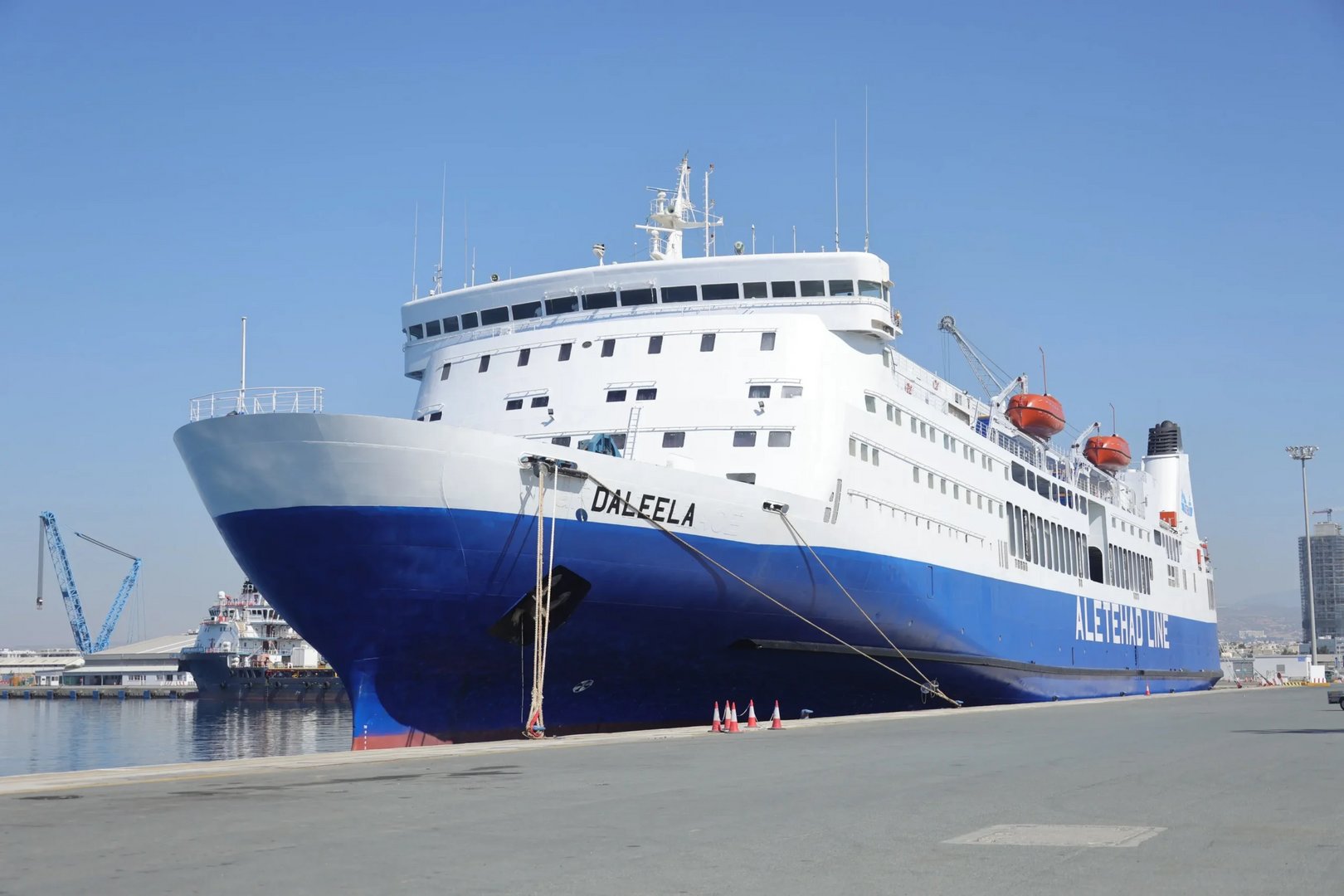Cyprus handled 9,000 maritime passengers in 2024, one of the lowest totals in the EU and far below pre-pandemic levels, according to Eurostat.
Traffic had reached 53,000 passengers in 2019, then fell to 5,000 in 2020 during the COVID outbreak. It rose to 29,000 in 2021, eased to 19,000 in 2022, increased to 26,000 in 2023 and dropped again last year.
Across the bloc, EU ports recorded 412.3 million passengers in 2024 as the sector continued to recover from the pandemic-related slump.
Passenger numbers were 18.8m higher than in 2023, an increase of 4.8 per cent, although traffic remained slightly below the 2019 level, which was 1.4 per cent higher.
According to Eurostat, the latest figures are drawn from the detailed ‘statistics explained’ article on maritime passenger statistics.
In 2024, ten countries with more than ten million passengers accounted for 95.4 per cent of all seaborne passenger transport in the EU.
Italian ports handled 93.5m passengers, representing 22.7 per cent of the EU total.
Greece followed with 81.1m passengers, a share of 19.7 per cent.
Denmark ranked third with 41.3m passengers, equal to 10 per cent.
Over the period from 2019 to 2024, half of the ten largest countries recorded an increase in passenger numbers.
Greece gained 7.1m passengers, an increase of 9.7 per cent, while Italy gained 7m passengers, an increase of 8 per cent. Malta added 2m passengers, an increase of 14.9 per cent.
By contrast, Sweden recorded a decrease of 5.7m passengers, equal to 18.7 per cent.
Finland recorded a decrease of 4.8m passengers, equal to 25.1 per cent.
Germany recorded a decrease of 3.1m passengers, equal to 9.8 per cent.
Turning to individual ports, the ten busiest EU passenger hubs handled 22.1 per cent of the bloc’s total passengers.
Seven of these ports were located in the Mediterranean, two in the Baltic and one in the North-East Atlantic.
Messina was the busiest EU passenger port in 2024 with 11.4m passengers.
Reggio di Calabria followed with 11.2m passengers, while Napoli handled 11m passengers.
Compared with 2019, Napoli recorded the largest increase in passenger numbers, equal to 1.7m passengers, a rise of 18.5 per cent.
Finally, Helsinki recorded the largest decrease, equal to 2.3m passengers, a fall of 19.7 per cent.







Click here to change your cookie preferences